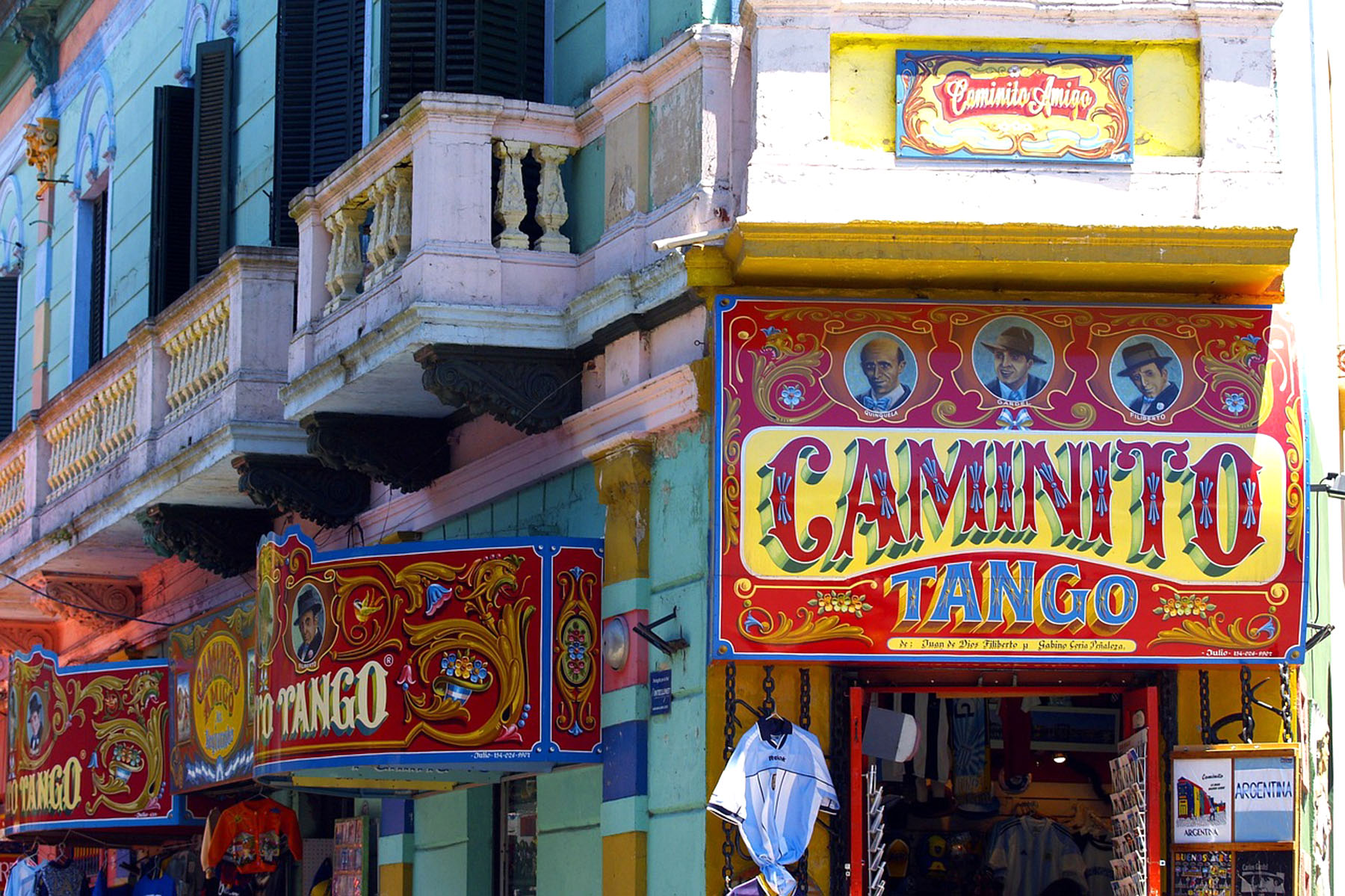
Buenos Aires, known as the "Paris of South America," often enchants visitors with its European-style architecture, vibrant neighborhoods, rich cultural heritage, fantastic food, passion for soccer and penchant for music and dancing.
As the birthplace of tango music and dance, the city allows visitors to watch authentic tango performances or take lessons to learn this world-famous dance.
The city is also a paradise for food lovers, offering some of the finest steaks in the world, local empanada pastries, fantastic pizza and exceptional wines from the nearby Mendoza region. Across Buenos Aires, there are designer boutiques and traditional markets like the city's Feria de San Telmo.
Buenos Aires is a growing favorite among Chinese visitors thanks to increasing connectivity and Argentina's visa assistance. The city has seen a steady rise in visitors from China eager to explore its culture, history, and vibrant lifestyle — not to mention the growing popularity of tango dancing in China and the country's affinity for soccer.
READ MORE: China's dancers get set for their big break
"Chinese visitors are often pleasantly surprised when they see Buenos Aires, as it turns out to be much more beautiful and attractive than they expected," said Matias Esteras, CEO of Argentine tourism agency Vivaterra.
Whether exploring its world-class museums, strolling through the colorful streets of Palermo, or enjoying a lively barbecue, Buenos Aires offers something for most travelers. The city also has a busy and active nightlife. Dinner is typically eaten very late, often after 10 pm, with bars and nightclubs busy until dawn.
From Buenos Aires, Chinese visitors can take excursions to nearby ranches or boat rides along the Parana River delta.
In ranches on the country's famous and fertile plains, known as the Pampas, visitors" are often amazed by the vast plains, the silence and the connection with nature, which leaves a significant impression on them," said Esteras.
Tour companies often personalize Buenos Aires experiences for tourists, Esteras noted. For example, his agency offers a tour of specific parks where Chinese visitors are often fascinated by certain trees or plants.
"This is especially true during October, November and December, which coincide with the (spring and) summer season," said Esteras.
When it comes to outdoor activities, Chinese visitors also appreciate Argentina's passion for tango and soccer, which is the Latin American country's most popular sport.
The Chinese "take countless photos and spend a lot of time in places that reference tango events. In many cases, our company organizes spontaneous appearances by tango-dancing couples, which captivates them," said Esteras.
Tango originated in Buenos Aires and Montevideo, Uruguay, in the late 19th century. Buenos Aires holds a tango festival every year in August, which allows professional and amateur dancers from around the world to showcase their dancing skills. Free classes are also offered to enthusiasts during the two-week celebration.
ALSO READ: A journey through history and across waters
"Tango is a unique and highly attractive dance for everyone, but it's clear that Chinese visitors adore it," said Esteras.
Aside from activities, Chinese visitors are seduced by the taste and quality of Buenos Aires' food, especially the steaks and prime cuts of beef. China is the main export market for Argentine beef, accounting for 78 percent of exports from the Latin American nation.
"Normally, we offer a combination: one meal is traditionally Argentine, including beef, empanadas and salads, while the second main meal of the day is at a Chinese restaurant," said Esteras.
Don Julio, the Michelin-starred grill in the Palermo neighborhood, is a must-try for gourmet Argentine barbecue, said Micaela Pereyra, a travel agent in Buenos Aires.
She advised tourists to make reservations as it may take a long time to get in. Another food option is in the Puerto Madero neighborhood, Cabana Las Lilas, and restaurants such as Puerto Cristal or La Parolaccia which offer varied menus with views of Puerto Madero.


